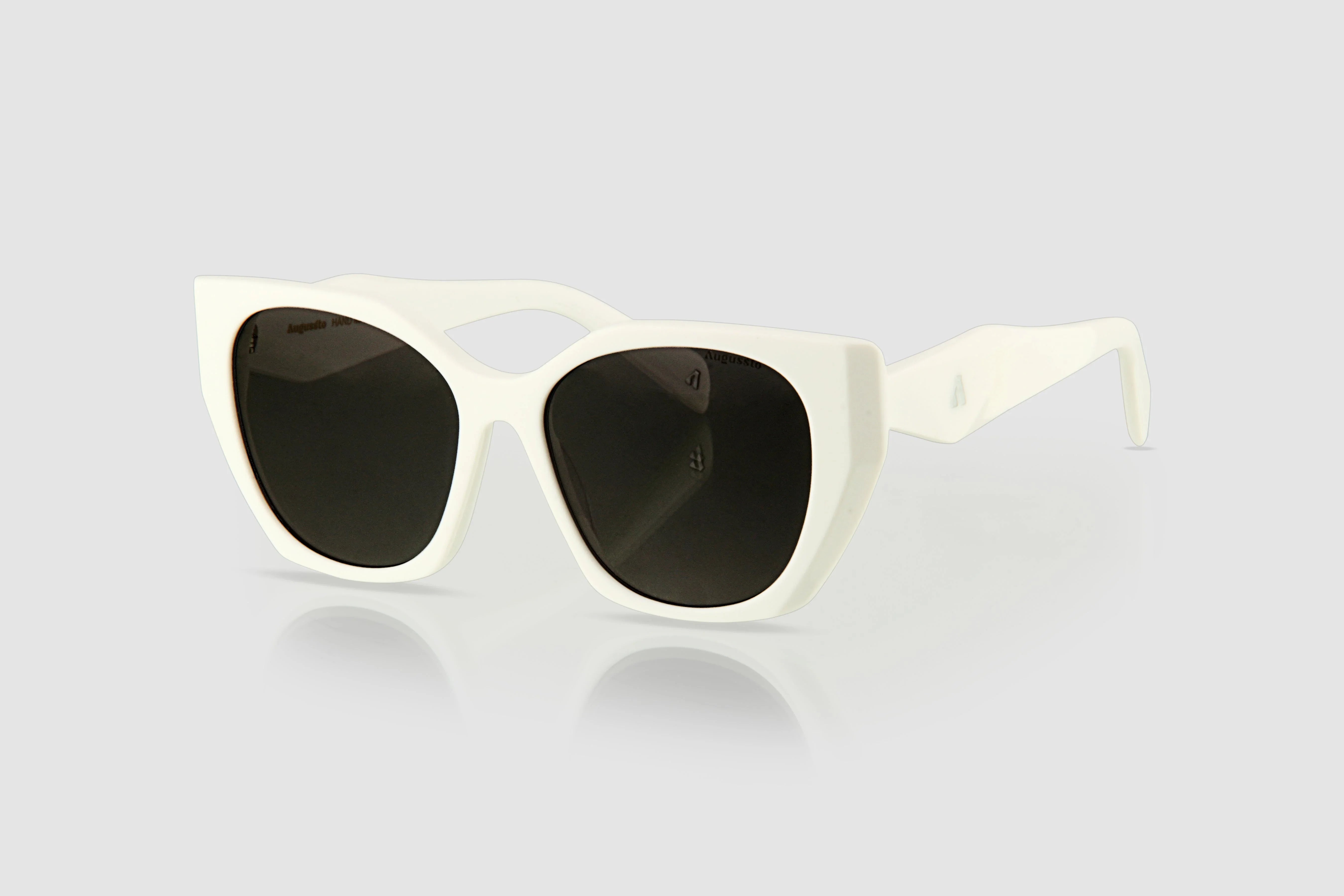The first decision you make with a new pair of frames is not colour or shape. It’s the route you choose, a checkout click or boutique door‑handle.
Same shape. Same silhouette. One sells through a boutique. The other arrives in a box, direct from the maker.
On the face, they may look identical. But trace their path back to the beginning, and you’ll find a very different story about how they were priced, distributed, and built.
So, the question is not “What am I buying?”
It’s “What part of this did I actually pay for?”
Let’s unpack what happens on both sides and how each one shapes your experience, your cost, and the frame on your face.
What Happens in Boutique Retail
When you buy from a boutique, you’re paying for more than the product. You’re paying for the people, the floor space, the stocking risk, and the local trust it takes to run a shop.
If we talk in terms of numbers, this is how it usually breaks down:
-
A brand sells its frames to a distributor at wholesale rates (typically 40–50% of the final price).
-
The distributor adds margin and sells to boutiques.
-
The boutique then adds another 2x to 3x markup to keep the lights on.
-
In the end, that ₹30,000 frame on the shelf may have left the factory at ₹2,500.
In exchange, you get the immediate tactile experience of walking into a store, trying on styles, getting a quick fit adjustment, and walking out with a pair you’ve held in your hands.
There’s value in that. But most of it lives in the surrounding experience, not the product itself.
What Happens in Direct-to-Consumer (DTC)
When you buy DTC, you're not paying for shelf space, distributor margins, or boutique upkeep. You're paying the brand directly.
Here’s how the breakdown typically looks:
-
The frame leaves the factory at around ₹2,500–₹3,500, depending on materials and finishes.
-
The brand adds its margin to cover design, production, logistics, packaging, and digital ops.
-
You pay a final price of ₹7,000–₹12,000, depending on the model and specs.
No distributor cut. No 2x–3x retail markup.
Without a retail markup, more of the spend can go into the frame itself. So, better acetate, stronger hardware, hand-finished bevels, and longer cycle times at the shaping bench. It also allows for slower manufacturing methods that don’t have to chase wholesale deadlines or cater to mass shelf appeal.
That’s the upside of DTC that it rewards intentional design and long-term wearability, not what's fast to produce and easy to stock in bulk.
Performance, Fit, and Warranty: Does the Channel Matter?
Boutique retail does offer immediacy. You get face-to-face support, same-day adjustments, and the certainty of seeing how a frame looks and feels before you commit. That’s hard to replace. And for certain buyers, it may always be the preferred route.
With DTC, fit depends on precision out of the box. Here’s how good DTC brands make it work:
-
Frames are designed with tight tolerances to ensure accurate fit from the start.
-
High-quality acetate can be reheated and reshaped easily using basic tools.
-
Post-sale support, including adjustments and minor repairs, is handled directly by the brand, so no middlemen or long wait times.
And because they own the customer relationship, warranty claims and repairs are often faster and more transparent. There’s no need to pass through four departments or chase a distributor halfway across the country.
In practice, both models can offer a great product. The question is where the compromise sits, around the product, or inside it.
Why DTC Works Better for Certain Frames
Some frame designs, especially those built from cellulose acetate, don’t thrive in mass retail.
The detail gets lost on a crowded shelf. The polish suffers when production is rushed to hit a stocking deadline. The color layering, the internal hinges, the invisible shaping, all of these are not features that sell themselves in 20 seconds of shelf scan.
They need to be experienced slowly. Owned. Worn. And that’s exactly what DTC makes room for in how the product is made in the first place.
The Bottom Line
Traditional retail makes sense for speed and access. But when the goal is refinement, when you care how a frame ages five years from now, how it feels at the temples after eight hours, or how easily it can be reshaped without stress marks, DTC starts to make more sense.
Because fewer middlemen not only means fewer markups. It also means fewer compromises. And in the world of eyewear, that’s what durability really comes down to.









